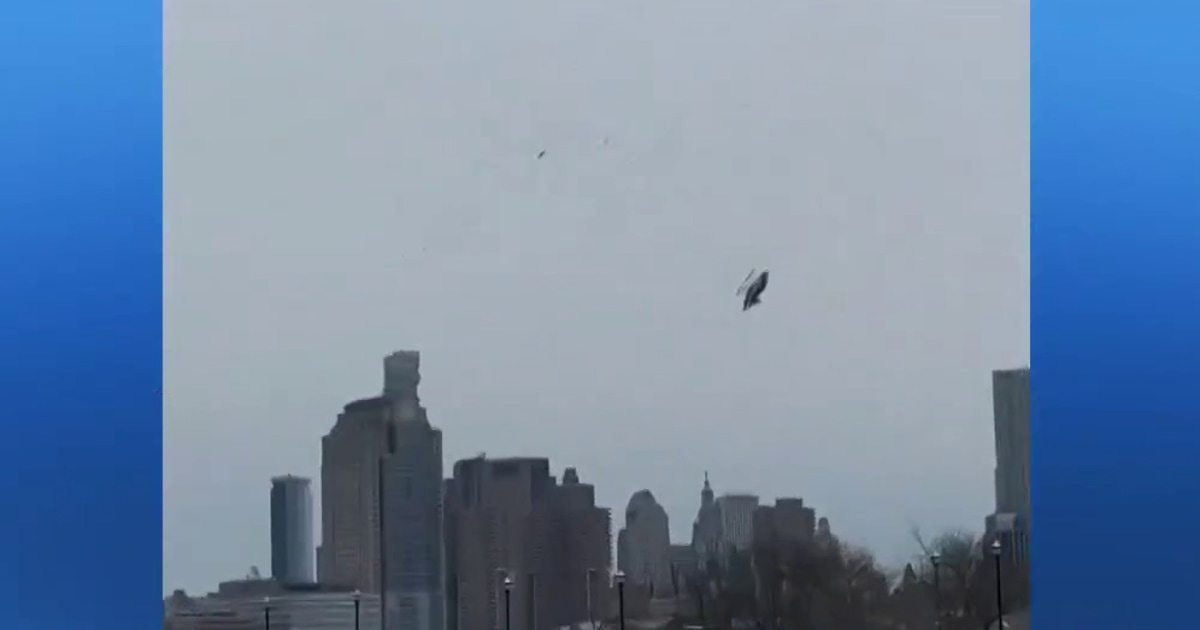Dramatic Helicopter Crash: A Close Encounter on the Hudson River
A private helicopter crashed into the Hudson River near Manhattan on Tuesday afternoon, sending shockwaves through the bustling waterfront. Eyewitnesses captured the terrifying moment the aircraft lost altitude and plunged into the water, sparking a rapid emergency response. Authorities confirmed the pilot survived with minor injuries, but the incident has reignited concerns about urban airspace safety and emergency preparedness.
Eyewitnesses Describe Chaotic Scene
Tourists and commuters along the Hudson River waterfront watched in horror as the blue-and-white helicopter spiraled downward around 3:15 p.m. ET. “It sounded like a car backfiring, then suddenly the helicopter was tilting sideways,” said Marcus Renfield, a street vendor who witnessed the crash. “The impact sent water shooting 20 feet in the air.”
Cell phone footage shows the aircraft sinking rapidly as nearby tour boats changed course to assist. The New York Police Department’s Harbor Unit reached the scene within four minutes, pulling the 56-year-old pilot from the partially submerged wreckage. “He was conscious but clearly shaken,” said Officer Daniel Chen, one of the first responders. “We’re lucky this didn’t happen during peak tourist season when the river is packed with ferries.”
Aviation Safety Under Scrutiny
The crash marks the seventh helicopter incident in New York airspace since 2020, according to National Transportation Safety Board (NTSB) records. Preliminary reports suggest mechanical failure may have caused the crash, though investigators are examining multiple factors:
- Maintenance records of the 1998 Robinson R44 helicopter
- Weather conditions at the time of the incident
- Air traffic control communications
- Pilot experience and flight history
“Urban helicopter operations present unique challenges,” explained aviation safety consultant Dr. Ellen Pryce. “The combination of dense air traffic, unpredictable wind currents between buildings, and limited emergency landing zones creates a high-risk environment. This incident should prompt a review of flight corridors over waterways.”
Emergency Response Effectiveness
The swift rescue operation demonstrated New York’s improved water emergency protocols since the 2009 “Miracle on the Hudson” airline ditching. However, some experts question whether current measures go far enough:
“While response times were excellent today, we need dedicated helicopter rescue teams stationed along major waterways,” argued former FDNY Commissioner Joseph Walsh. “Every second counts when dealing with submerged aircraft.”
Data from the U.S. Helicopter Safety Team reveals that 85% of water crashes result in fatalities when rescue takes longer than 10 minutes. Today’s rescue occurred in just under seven minutes—a timeframe that likely saved the pilot’s life.
Regulatory and Industry Reactions
The Federal Aviation Administration (FAA) has temporarily grounded similar-model helicopters pending inspection, affecting 47 aircraft nationwide. Local officials are also reconsidering flight paths over the Hudson River corridor, which handles nearly 300 private helicopter flights daily during peak seasons.
Meanwhile, the helicopter tour industry faces renewed criticism. “These joyride operations are accidents waiting to happen,” said City Councilmember Amanda Zhou, who has proposed banning non-essential helicopter flights over Manhattan. Tour operators counter that their safety record surpasses national averages, with only 0.17 accidents per 100,000 flight hours.
What Comes Next for Urban Air Safety?
The NTSB expects its full investigation to take 12-18 months, but interim recommendations could emerge within weeks. Potential changes include:
- Mandatory emergency floatation devices for all helicopters over water
- Enhanced pilot training for water landings
- Real-time monitoring of mechanical systems
- Restricted flight zones during high-traffic periods
As the damaged helicopter is recovered from the riverbed, this near-tragedy serves as a stark reminder of aviation’s inherent risks—even in one of the world’s most advanced cities. For residents and officials alike, the crash demands difficult questions about balancing transportation needs with public safety.
Stay informed about aviation safety developments: Subscribe to our newsletter for updates on this investigation and related policy changes affecting air travel in your area.
See more CNN Headline


